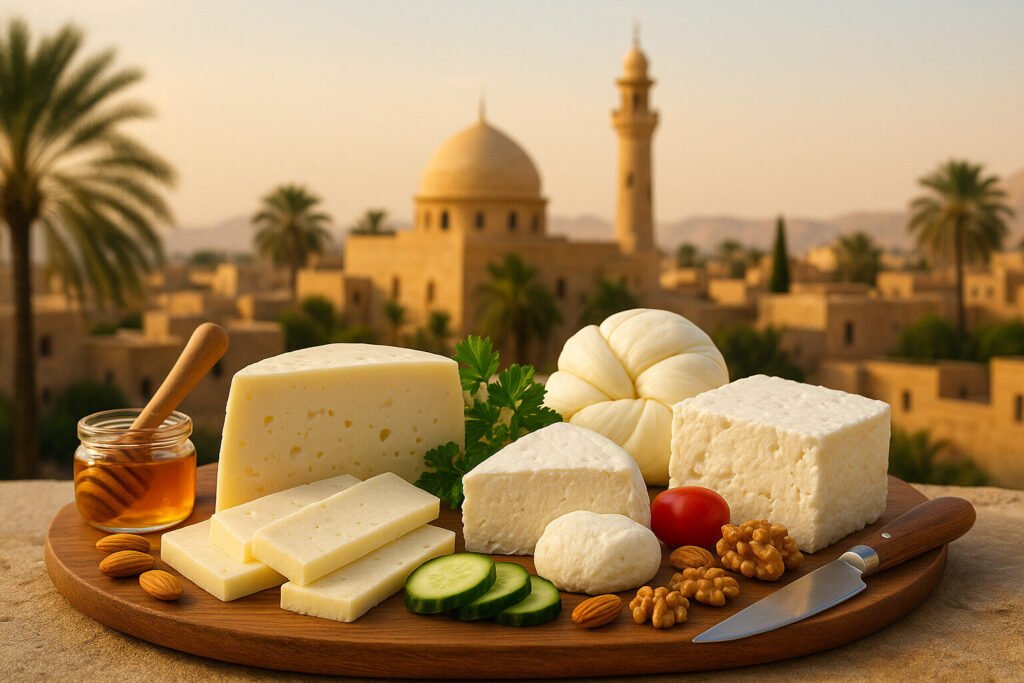Cheese Of Arab Countries
Definition and Scope
Arab countries produce a diverse range of cheeses, primarily from sheep, goat, or cow milk. These cheeses are often categorized by their texture, aging process, and the specific brining or preservation techniques common to the region. The scope includes fresh, soft varieties like Jibneh Arabieh and aged, hard cheeses such as Shanklish.
Many traditional Arab cheeses are brined or preserved in oil, which contributes to their unique characteristics and extended shelf life. This category is distinct within global cheese taxonomy due to its reliance on specific regional methods and ingredients. The styles reflect the culinary heritage and nomadic traditions of the Arab world.
Production Techniques
Traditional production often begins with raw or pasteurized milk, which is curdled using animal or microbial rennet. The curds are then drained, shaped, and frequently subjected to brining in saltwater solutions. This brining step is a hallmark of many Arab cheeses, inhibiting spoilage and enhancing flavor.
Some varieties, like Ackawi, are stretched and kneaded, similar to pasta filata cheeses. Others, such as Shanklish, are formed into balls and aged with herbs and spices. The techniques are passed down through generations, with regional variations in salting, drying, and aging times defining the final product.
Sensory Profile
The flavor profiles of Arab cheeses range from mild and salty to intensely tangy and pungent. Brined cheeses typically exhibit a salty, tangy taste with a firm yet pliable texture. Fresh varieties are often milky and slightly acidic, while aged ones develop deeper, spicier notes.
Aromas can be clean and lactic in fresh cheeses or complex and earthy in those aged with herbs like thyme. The mouthfeel varies from soft and creamy to crumbly and granular. These sensory properties are directly influenced by the milk type, brining duration, and any added seasonings.
Culinary Uses
Arab cheeses are integral to many traditional dishes, served at breakfast, lunch, and dinner. Soft, brined cheeses like Halloumi are often grilled or pan-fried, retaining their shape and developing a crispy exterior. They are commonly eaten with flatbreads, olives, and fresh vegetables.
Aged cheeses such as Shanklish are typically crumbled over salads or mixed with oil and herbs as a spread. Many varieties are also used in pastries, sandwiches, and cooked meals, providing a salty, savory element. Their versatility makes them staples in both everyday meals and festive occasions.
Regional Examples
Lebanon is renowned for its variety, including the string cheese Ackawi and the brined, semi-hard Baladi cheese. Syria produces the salty, firm Jibneh Khadra and the aged, spiced Shanklish. These cheeses are central to Levantine cuisine and are often made using traditional, small-scale methods.
In the Gulf countries, fresh, white cheeses like Jibneh Arabieh are popular. Egypt is known for Domiati, a soft cheese made from buffalo or cow milk, often preserved in brine. Each region’s cheese reflects local tastes, available milk sources, and historical preservation needs.

